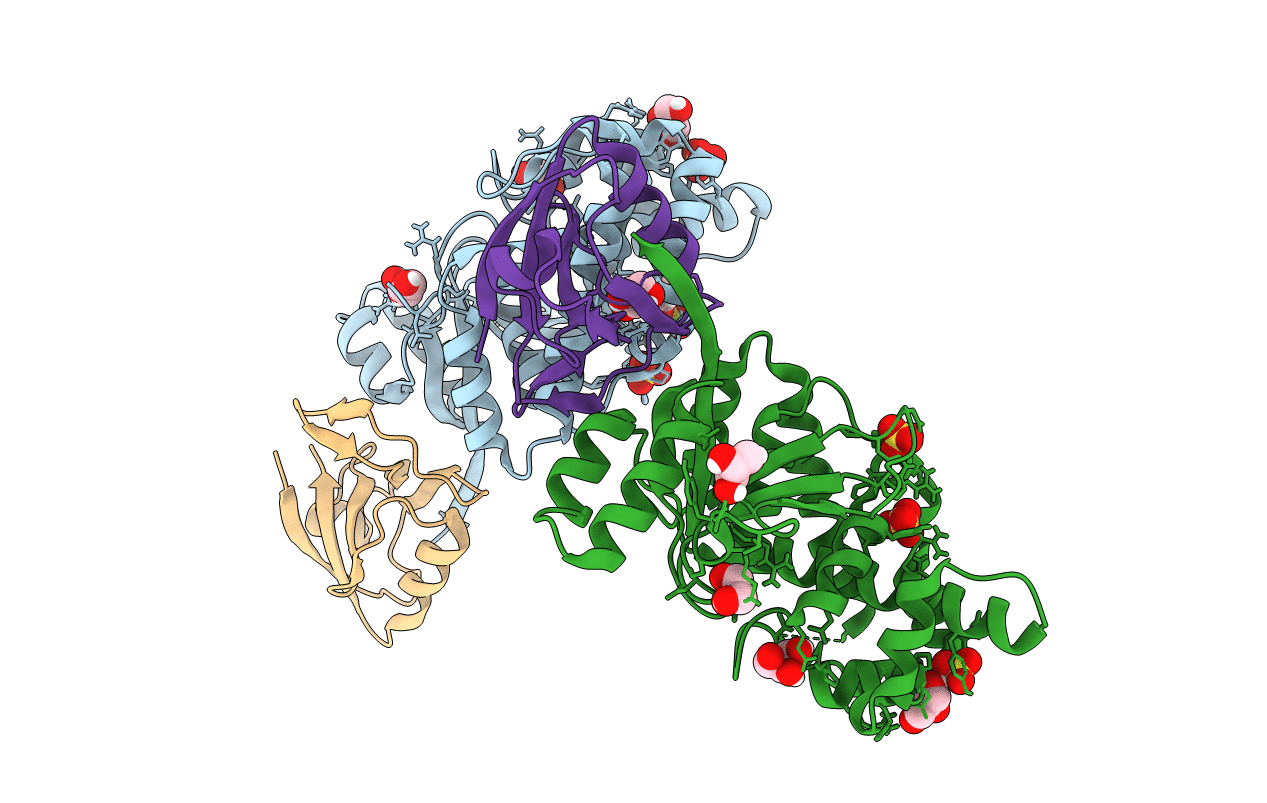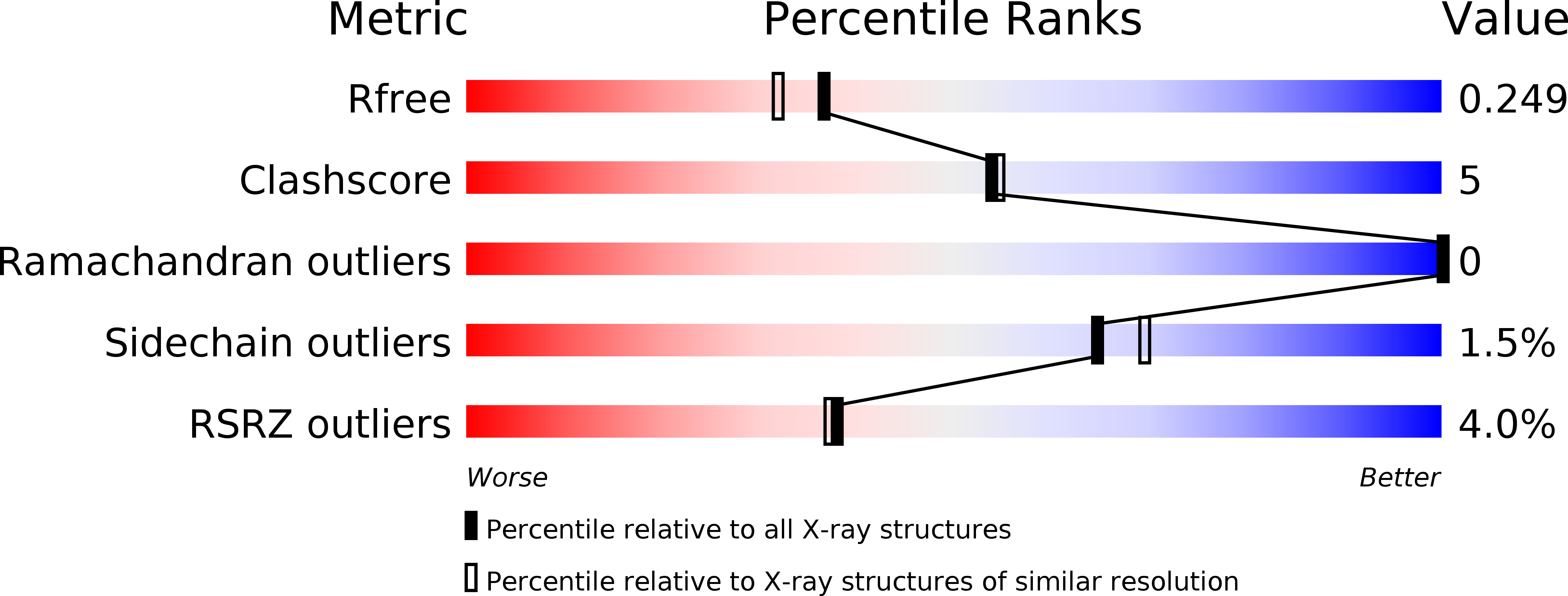
Deposition Date
2019-07-17
Release Date
2019-10-02
Last Version Date
2024-01-24
Entry Detail
PDB ID:
6SAK
Keywords:
Title:
Structure of the OTULINcat C129A - SNX27 PDZ domain complex.
Biological Source:
Source Organism:
Homo sapiens (Taxon ID: 9606)
Host Organism:
Method Details:
Experimental Method:
Resolution:
2.00 Å
R-Value Free:
0.25
R-Value Work:
0.21
R-Value Observed:
0.21
Space Group:
P 1


